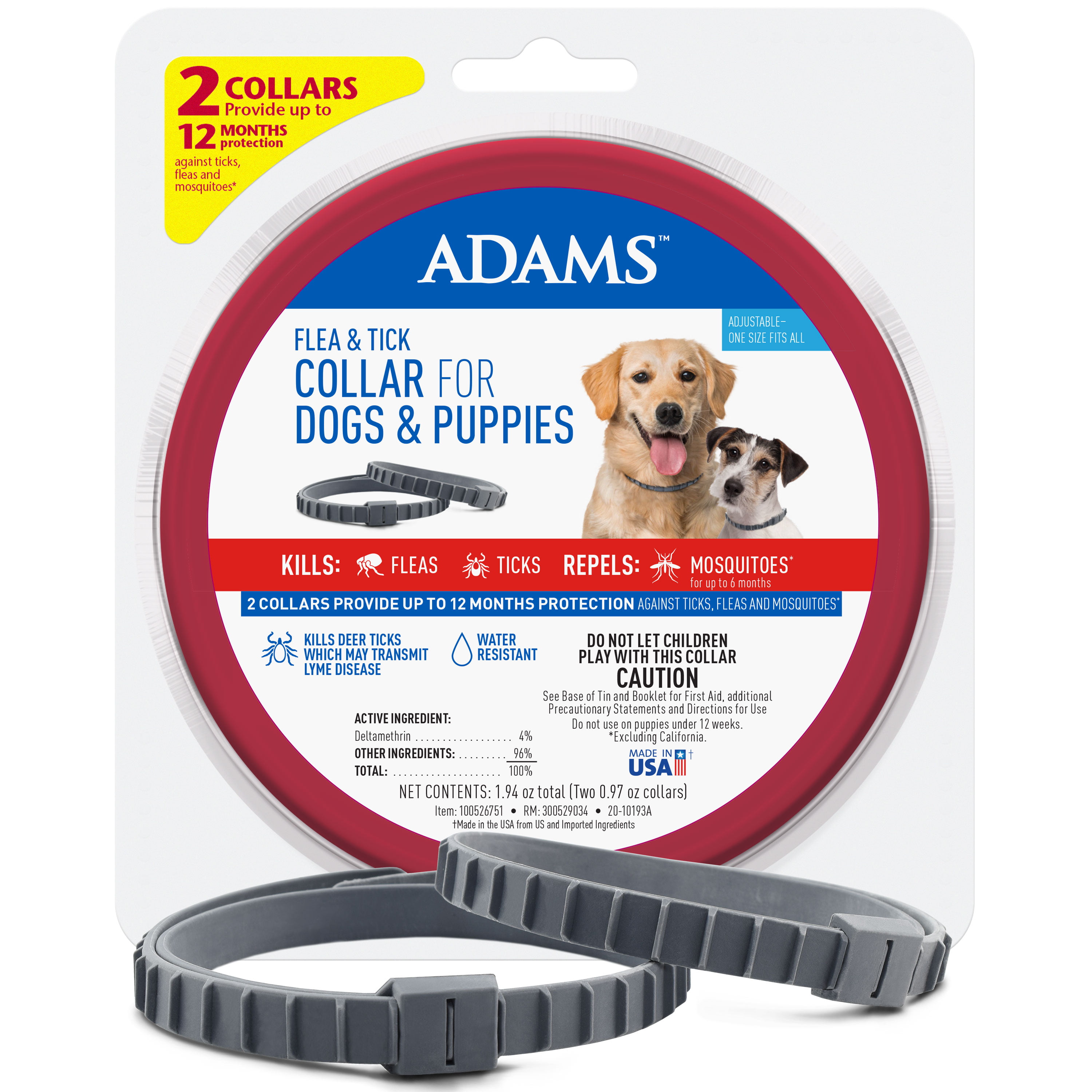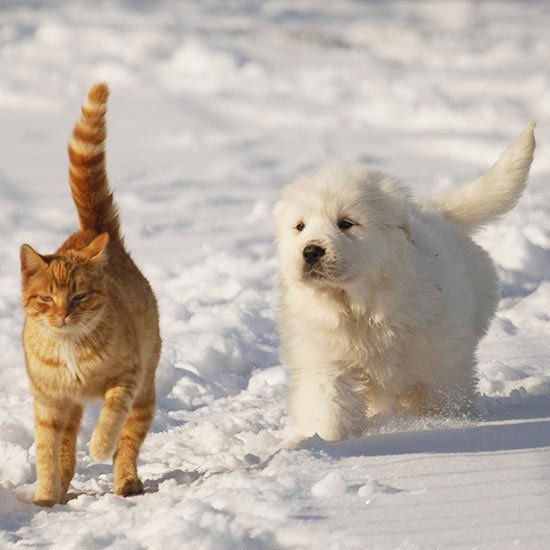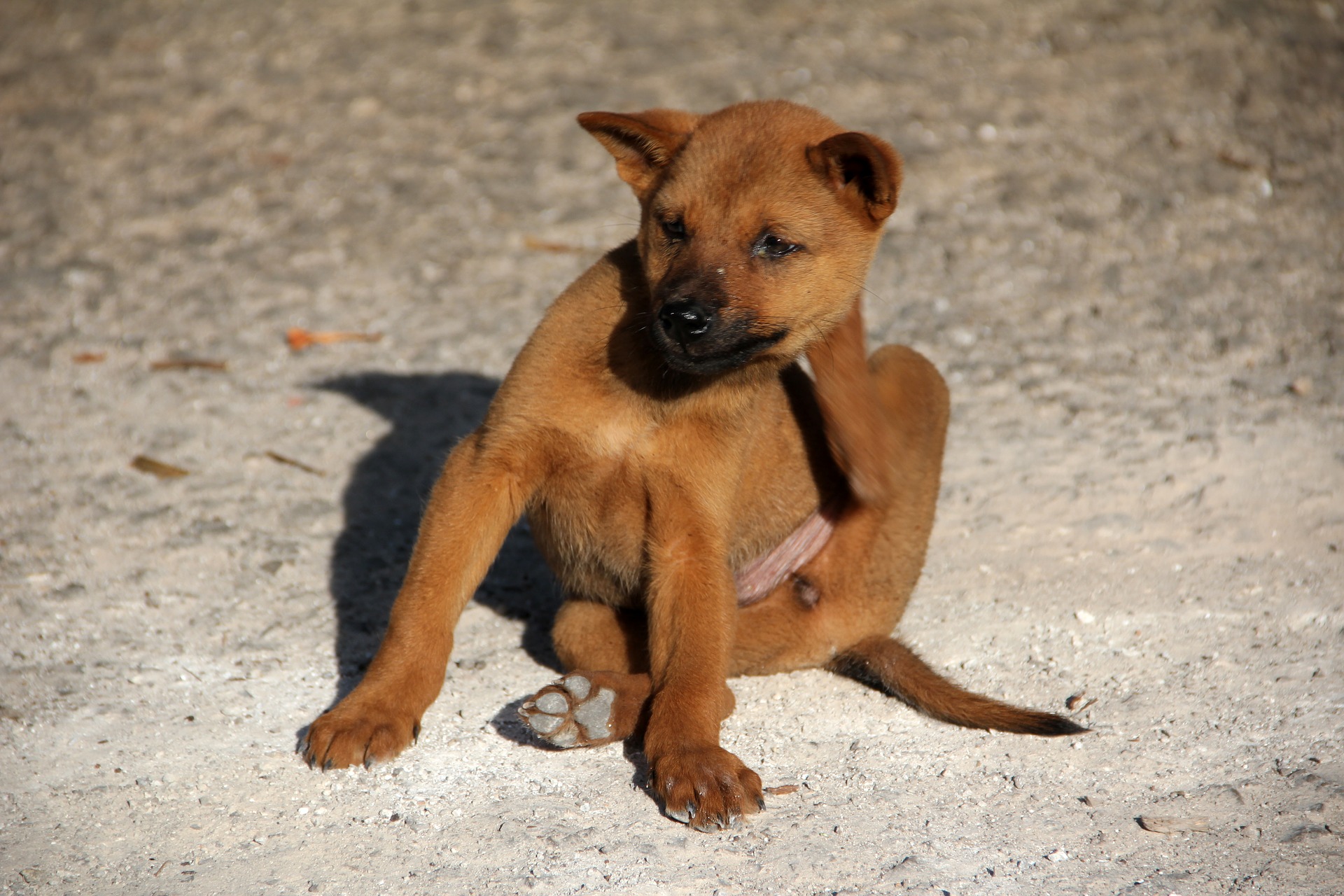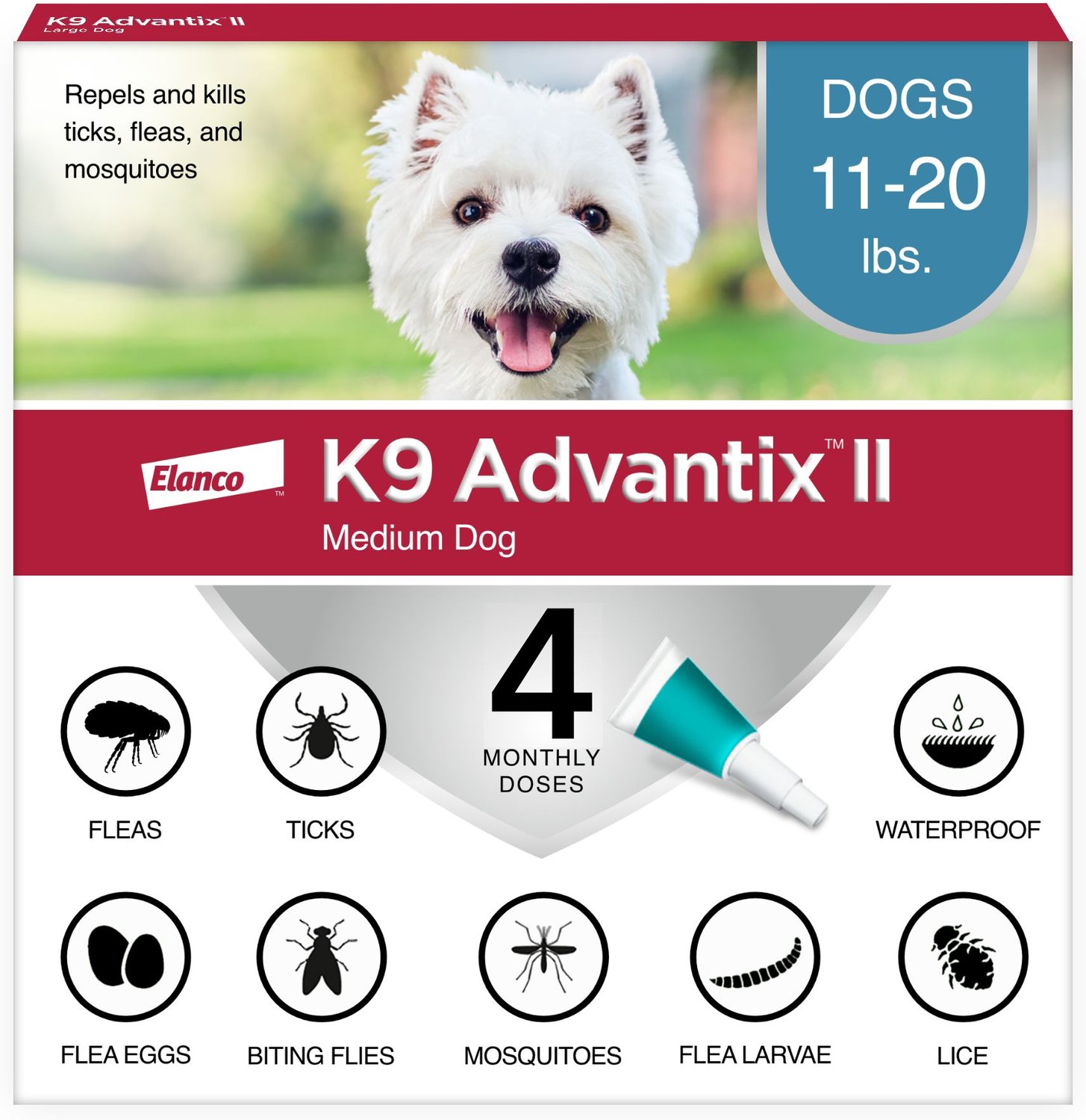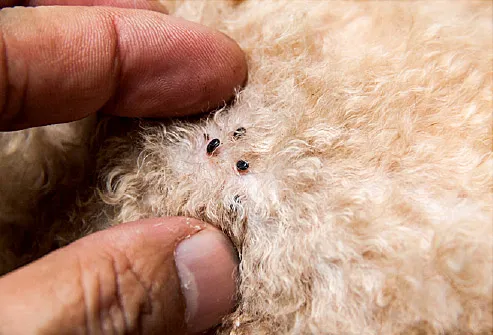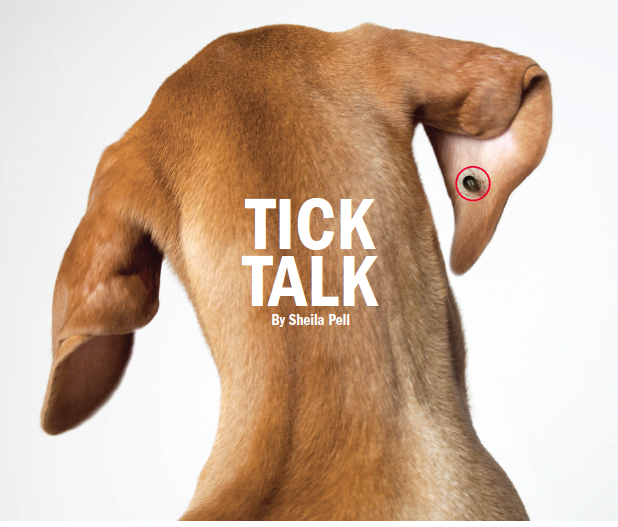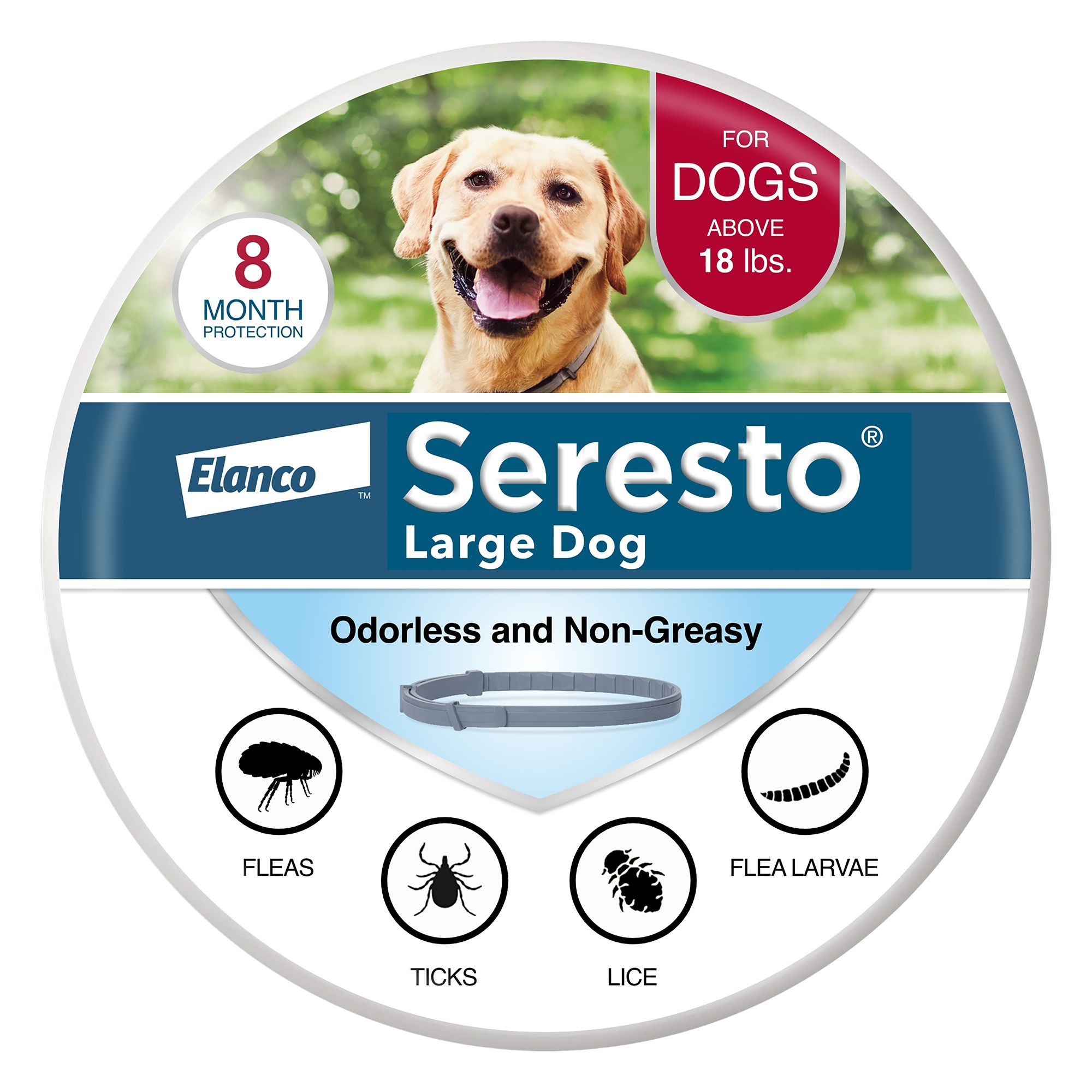Flea And Tick For Dogs In Winter
Fleas and ticks need a warm environment to survive.
Flea and tick for dogs in winter. Flea and tick infestation are most prevalent in spring and summer months. Also the flea eggs that fell into your carpeting and furniture last summer may develop into adult fleas in the temperate environment of your home this winter. Winter flea control in your home starts from the outside in. Generally adult ticks will still be a threat when temperatures hover around 45 degrees fahrenheit.
And since most medications are designed to thwart both fleas and ticks its a good idea to use preventive medications through the year. Cold weather causes these parasites to lay dormant. Flea infestations lead to scratching itching skin irritations and infections. Failing to protect your pet from fleas during winter can be costly to her health.
Flea infestations are difficult to treat and can be very costly. In cold weather they will seek warmth. If you find a few fleas in your house there are likely thousands more at various stages of life hiding in your carpets and furniture. For residents of the southern states of the us where the winter season may only go as low as the 30s fleas will often stay active throughout most or all of the winter season.
The infestation can be prevented with yearlong preventative measures especially in areas where these flea and tick infestations are most prevalent. Outdoors fleas can survive in temperatures in the mid to upper 30 of range. Only sustained cold less than 30 degrees and low humidity levels will kill off outdoor eggs larvae and adult fleas. For this reason if your pet spends time outdoors in the winter tick prevention is still a good idea.
Winter is the best time to fight fleas. They can also ride out the winter on dogs and cats huddled next to the skin where its warm.





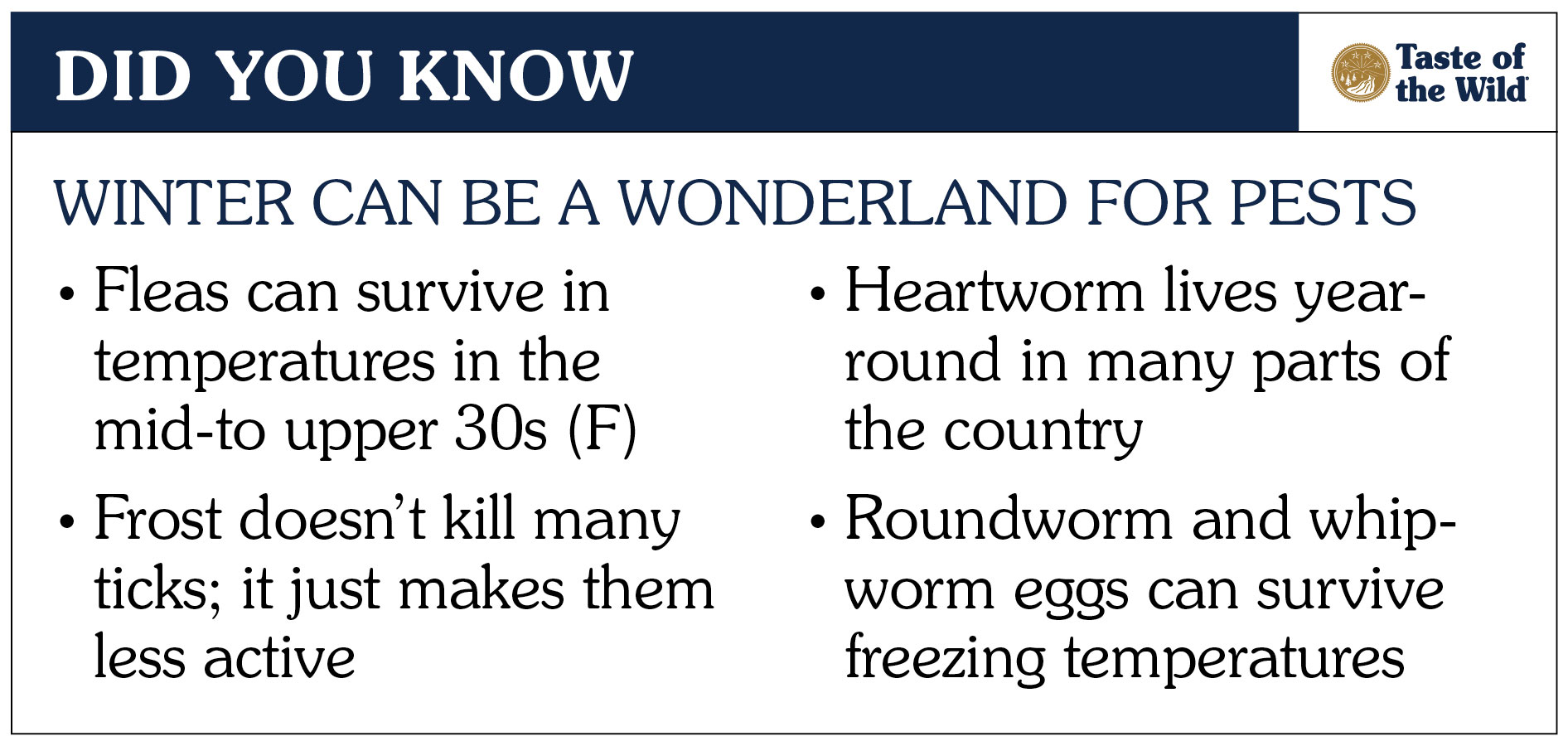



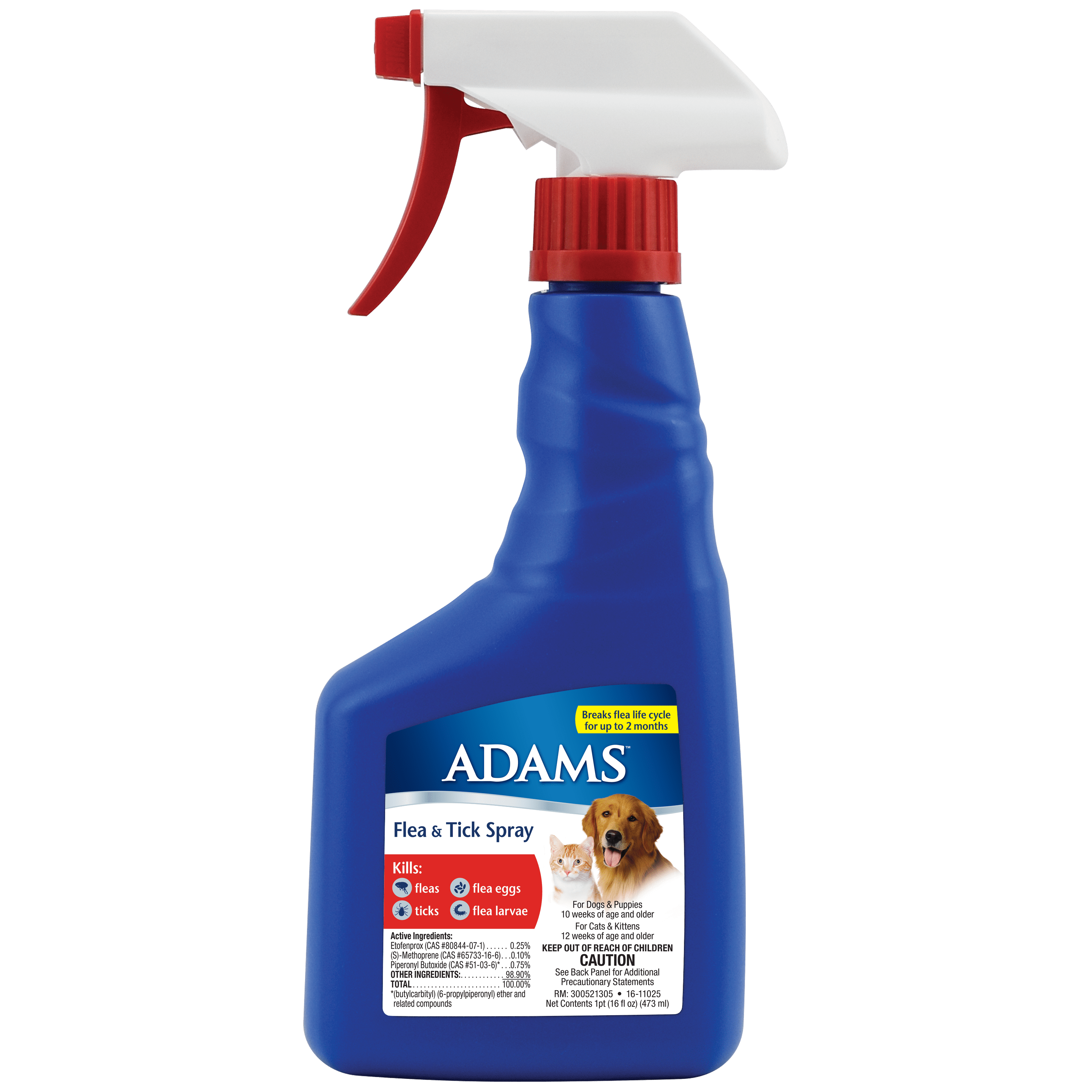





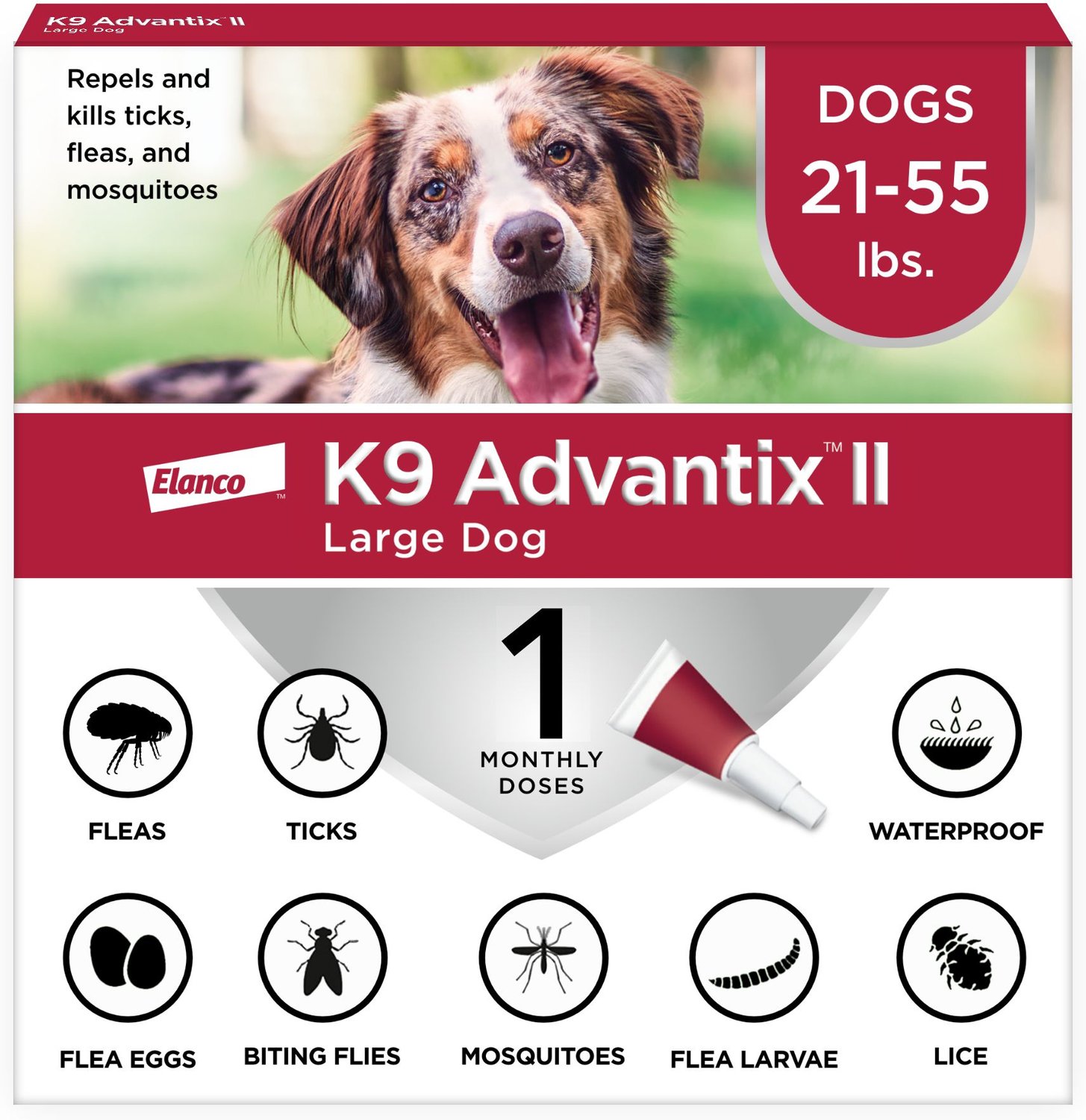








.jpg)





